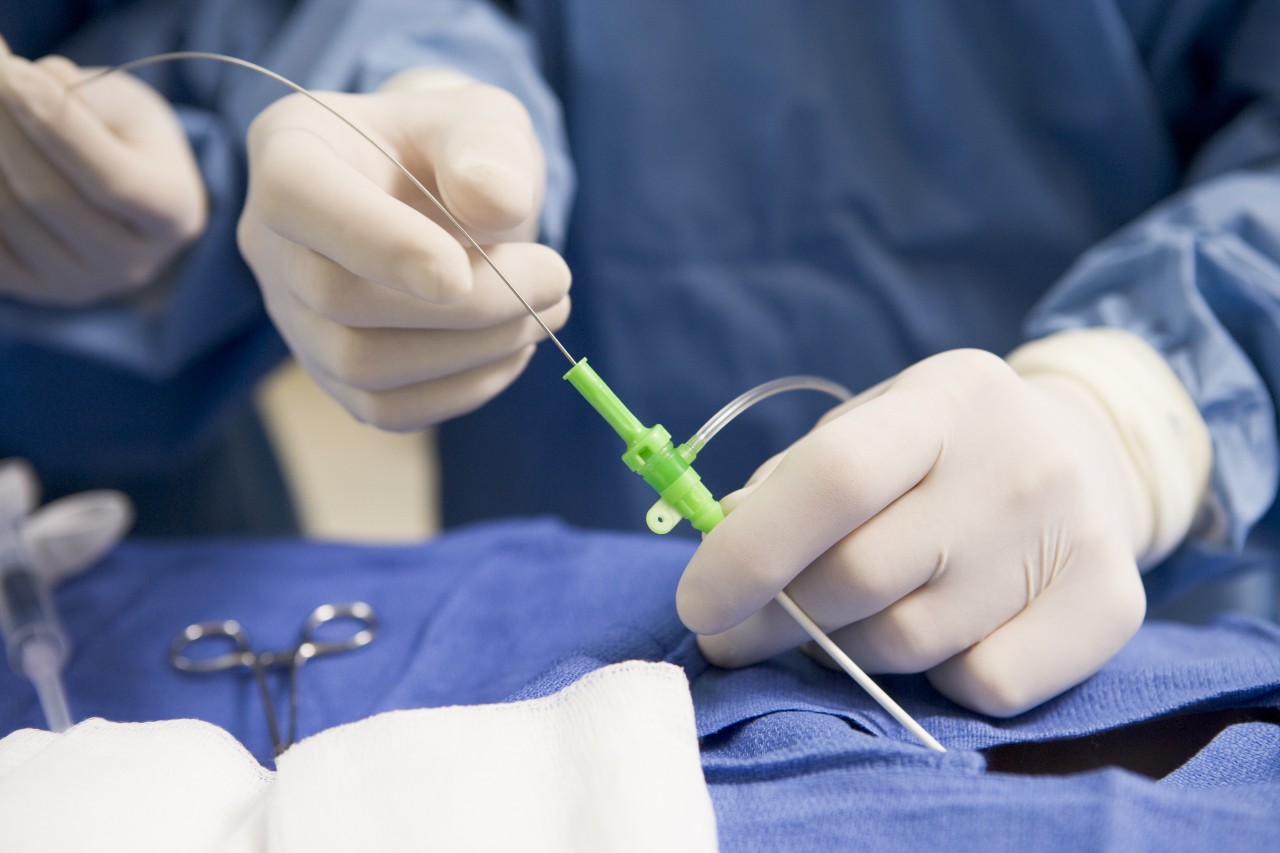Learn More About Cardiac Catheterization:
The heart is arguably the most important organ in the body. Blood flows into it and out of it via a complex maze of blood vessels, which can also be used as a means of examining the condition of the heart and circulatory system. A special diagnostic medical procedure known as cardiac catheterization makes it possible for a hollow tube to be threaded through an artery and directly into the heart itself. This diagnostic process is used to collect information about the heart that is not possible using non-invasive cardiac tests like stress tests. If a blockage is discovered, a percutaneous coronary intervention can treat it instantly. A small balloon is inflated at the end of the catheter, pushing plaque into the artery wall and facilitating better blood flow. A mesh stent holds it in place and prevents the clot from returning.
Did You Know:
That cardiac catheterization is a very common procedure that is used for multiple purposes beyond finding blood clots? In fact, heart catheters have been used to diagnose congenital heart defects, help qualify patients for bypass surgery, measure pressure in the heart, and measure the health of the heart’s valves. In some cases, a heart catheterization is even used in combination with angiograms, which are moving x-ray images of the heart and blood flow.
Frequently Asked Questions:
Will I need to undergo cardiac catheterization and percutaneous coronary intervention?
You may need to undergo a cardiac catheterization if your doctor needs to evaluate the source of recent chest pains. Heart catheters are used both diagnostically, as well as to monitor the condition of patients who have already been diagnosed with cardiovascular disease. You will only need percutaneous coronary intervention if your heart catheterization reveals the presence of narrowed arteries or blood clots.
What should I expect during cardiac catheterization and percutaneous coronary intervention?
Heart catheterization is a surgical procedure. You will not be placed under general anesthesia, but will be sedated and made comfortable for the duration of the procedure. Heart catheters are placed into an artery – either in your arm or leg. Most tests take no more than an hour and are typically performed on an outpatient basis.
Will I need to follow any special instructions following this procedure?
Yes. You will be instructed to ‘take it easy’ in the first 24 hours following heart catheterization. You’ll need to avoid strenuous activity for several days, as well as certain positions like bending and squatting. You’ll also be advised to avoid submerging yourself in water for several days though showering is safe after 24 hours. If your puncture site begins to swell, or you experience fever, dizziness, or bleeding that doesn’t stop – contact your doctor immediately.
Lastly, you’ll need to consult with your doctor before starting any new medication or supplement, including the most common ones, such as antibiotics, cough medicine and even daily vitamins.



